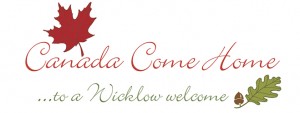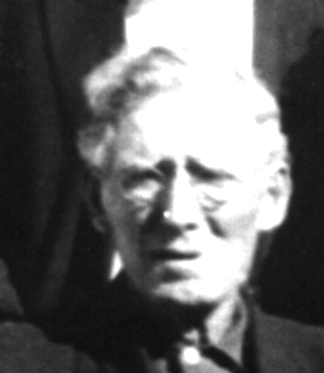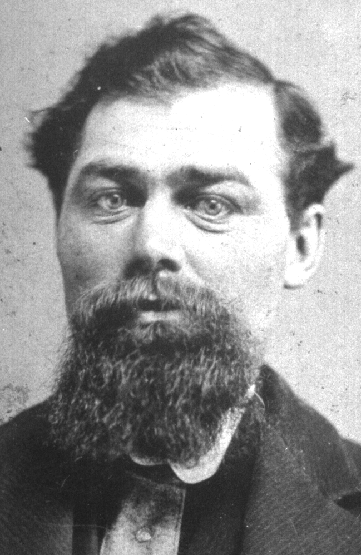Welcome GuestShow/Hide Header |
|---|
Welcome Guest, posting in this forum requires registration. |
|
|
Forum → Canada Come Home → Family & Ancestors → Tell us about your family
| Pages: 1 |
 Author Author |
Topic: Tell us about your family |
|---|
Administratoradmin |
|
|||||
AdministratorLynne |
|
|||||
NewbieSunnyseeke- r |
|
|||||
Newbiejoekenny |
|
|||||
| Pages: 1 |



